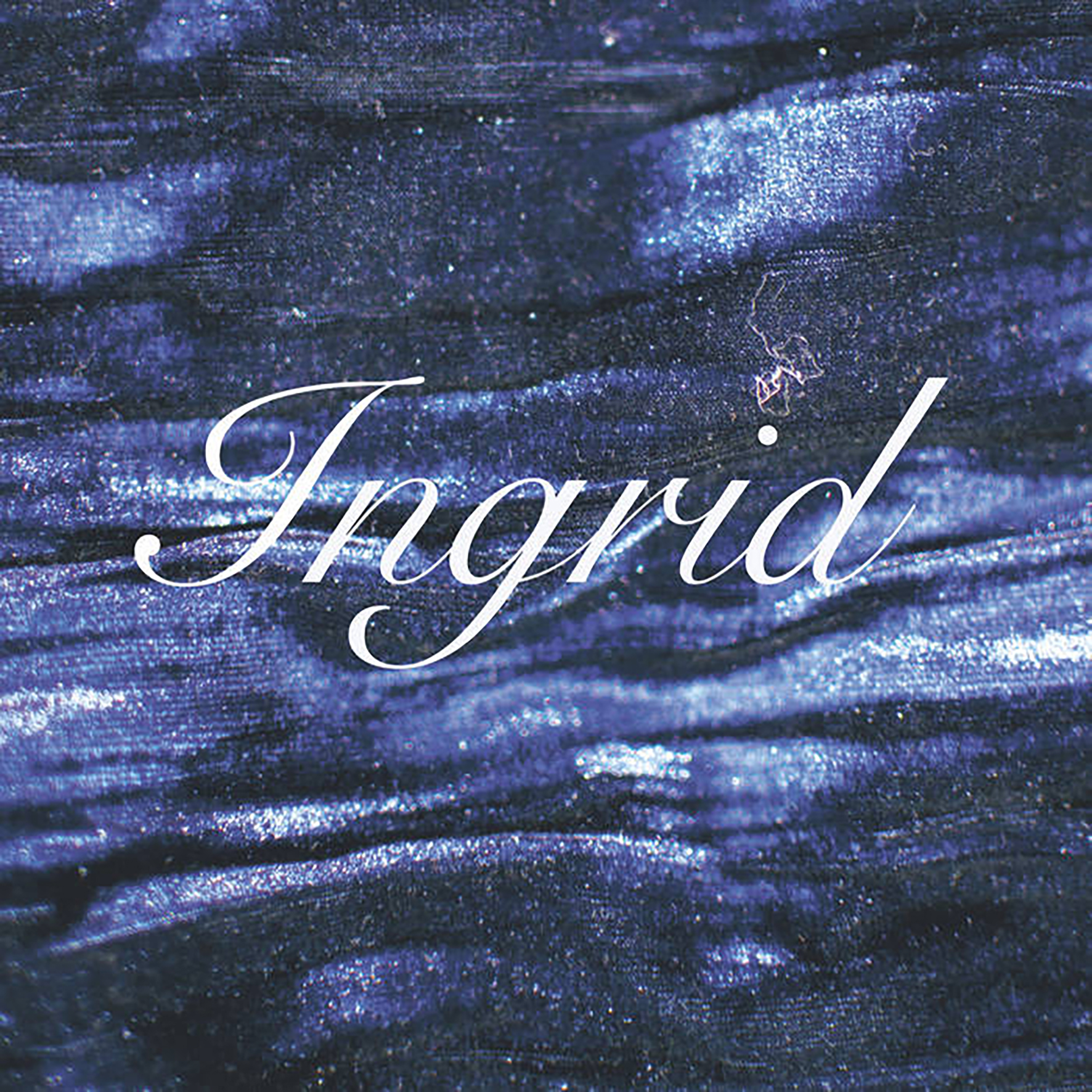 I was quite curious to see which direction Klara Lewis's latest album would take, as her previous solo releases were generally quite radical and hyper-constrained in their avoidance of anything resembling conventional instrumentation. While both Ett and Too are aptly described by Editions Mego as "eerie rhythmic variations," such a summary falls short in conveying the uniqueness of Lewis's vision, as it often felt like she was quixotically attempting to compose pop songs solely from murky field recordings and decontextualized fragments of beats and melodies. With Ingrid, however, Lewis makes a dramatic and unexpected aesthetic reversal, as she slowly transforms a haunting and melodic cello loop into a wonderfully gnarled and heaving longform piece.
I was quite curious to see which direction Klara Lewis's latest album would take, as her previous solo releases were generally quite radical and hyper-constrained in their avoidance of anything resembling conventional instrumentation. While both Ett and Too are aptly described by Editions Mego as "eerie rhythmic variations," such a summary falls short in conveying the uniqueness of Lewis's vision, as it often felt like she was quixotically attempting to compose pop songs solely from murky field recordings and decontextualized fragments of beats and melodies. With Ingrid, however, Lewis makes a dramatic and unexpected aesthetic reversal, as she slowly transforms a haunting and melodic cello loop into a wonderfully gnarled and heaving longform piece.
This album, a one-sided LP, is intriguingly billed as an improbable blend of William Basinski-style loop disintegrations and black metal intensity.In a general sense, I suppose Ingrid can reasonably be described as exactly that, but the similarity to Basinski's work lies primarily in Lewis's compositional technique rather than its tone.Great Basinski albums like El Camino Real and 92982 are extremely nuanced, tender, and dream-like affairs.Ingrid, on the other hand, evokes something considerably more raw and primal.In fact, it can reasonably be described as "nightmarish," though it definitely feels nightmarish in an arty Japanese horror film way rather than a "shrieking church-burners in face paint" way.Moreover, it maintains an earthy, physical foundation even as it becomes increasingly volcanic and frayed.In more practical terms, that means that Ingrid opens with a bittersweetly beautiful and emotionally resonant cello melody, but it soon becomes disconcertingly frozen in time, damned to repeat the same short melodic fragment for all eternity (or at least the duration of the album).While the initial melody is a poignant and sensual one, the "locked groove" moment isolates just a brief fragment of slow-motion, see-sawing melancholia and obsessively repeats it for the next nineteen minutes.
Admittedly, that frozen melody is quite a cool trick, but the meat of the album lies in how Lewis increasingly corrodes and distorts that fragment as the piece unfolds.At first, the transformation merely manifests itself as a quivering and shimmering haze that radiates outward from the dense and groaning string loop.I cannot tell exactly what Lewis is doing or how she is doing it, but it seems like the loop and its lingering hallucinatory nimbus begin to increasing feed back upon themselves, resulting in fluttering oscillations and occasional swells of sharper, more ringing tones.As that happens, the low end starts to gradually amass rumbling intensity as well, as each repetition of the loop feels like a more intense subterranean surge than the last.At a certain point, the central loop starts to feel like just one component in a much richer tapestry of layers, as it becomes increasingly subsumed by the roiling, distorted low end while the high-end shimmer coheres into something resembling a structured chord progression.Aside from that, the piece's rhythm transforms as well, as the gnarled, smoldering undercurrent of distortion lingers and lags enough to fall out of phase with the central theme's original pulse.Once it reaches its seismic crescendo, however, Lewis gradually allows the heaving elemental power of the low end to fade away, leaving behind an unexpectedly tender and lovely coda that almost feels like dreampop or shoegaze.
For the most part, I have absolutely nothing critical to say about Ingrid, as it is a flawless, hypnotic, and impressively relentless piece of music with a purposeful trajectory and an elegant symmetry.I even appreciate the unusual format, as it drives me crazy when people release longform pieces that require me to flip a record at some arbitrary midpoint.It is heartening that Lewis both acknowledged the limitations of the vinyl format and found a clever way around them (an important skill in this current period of vinyl supremacy).However, I will say that Lewis's earlier albums were objectively a bit more original and unlike anything anyone else was doing.That said, plenty of wildly inventive artists release disappointing albums because originality and execution are two separate things.My favorite artists tend to be those that manage to strike an optimal balance between bold ideas, vibrant production, and compositional craftsmanship and Lewis absolutely nails that trifecta with this album.
Given that, I feel fairly confident in stating that Ingrid is a major creative breakthrough for Lewis and possibly her best album to date as well.It is undeniably still a cerebral and conceptually interesting work, but those artier tendencies are a hell of a lot more effective when they are woven into a roiling tsunami of visceral power and emotional intensity.I suppose that might be where the metal influence most strongly manifests itself, as Lewis has blossomed into a formidable composer who has managed to extract the cool and dangerous elements of the genre without bringing along any of its flaws.The result is an experimental music album that sounds like it could beat me up, steal my girlfriend, and decimate a hotel room, which definitely has a stronger and broader appeal than any similar fare with a less favorable balance between the cerebral and the physical.
Samples can be found here.
(Note: the physical album has an official release date of May 1st, but the digital version is available now)
Read More

